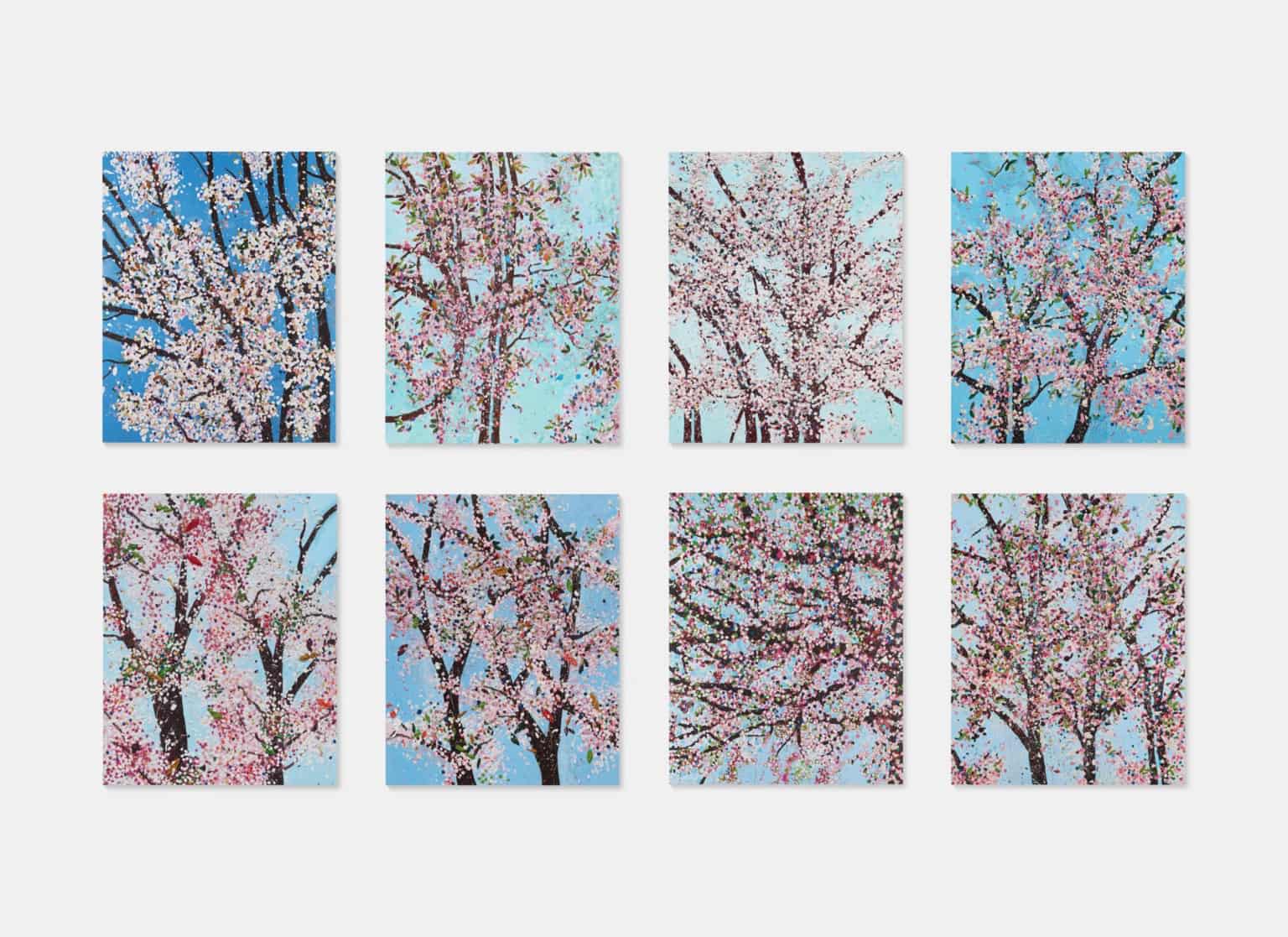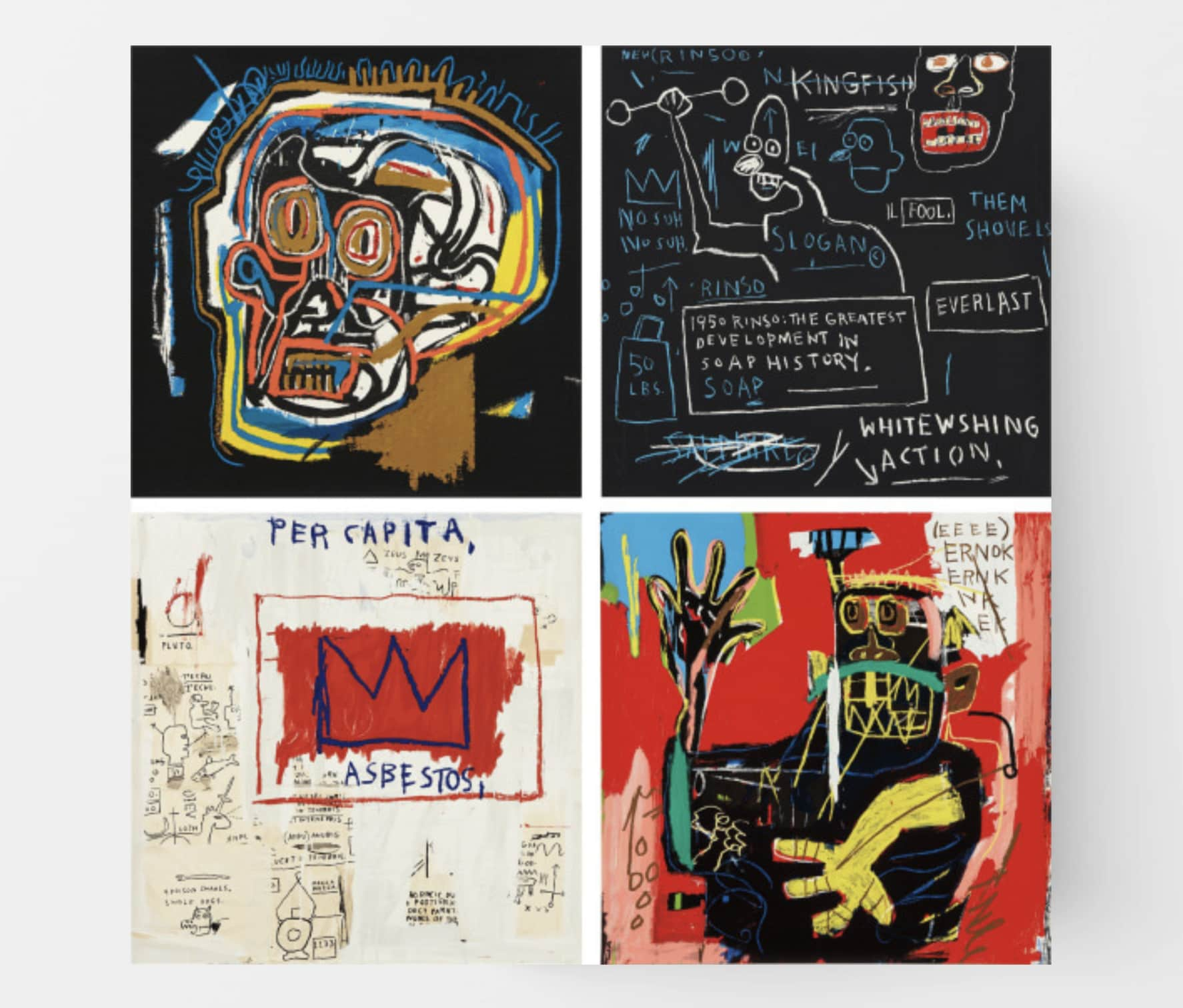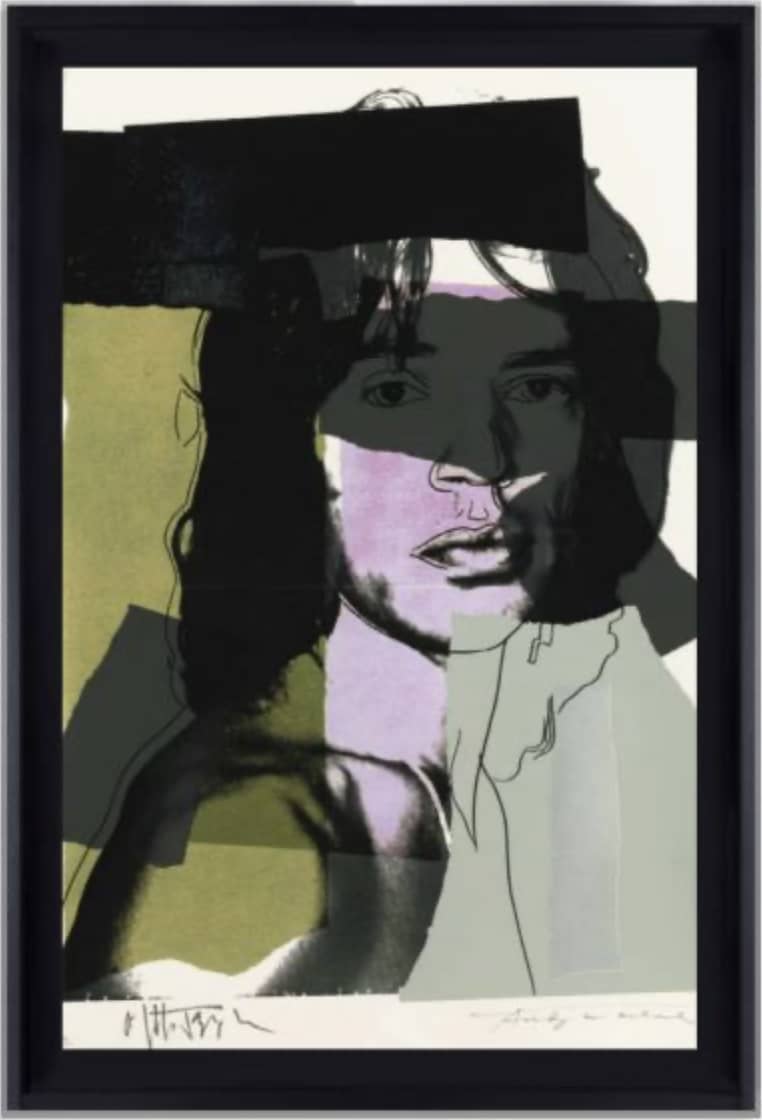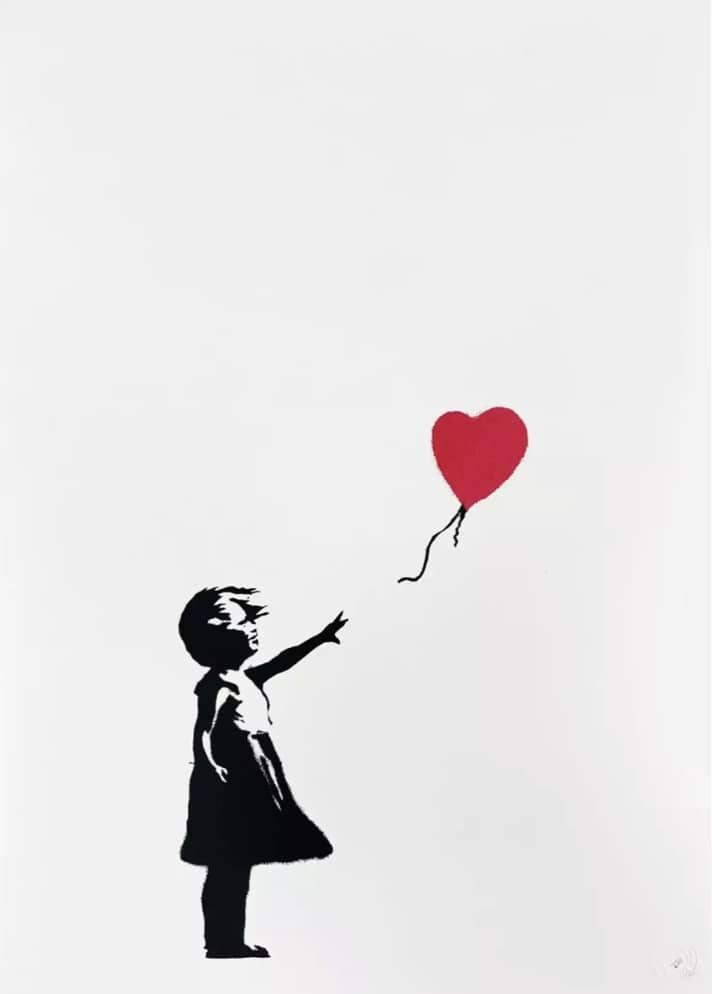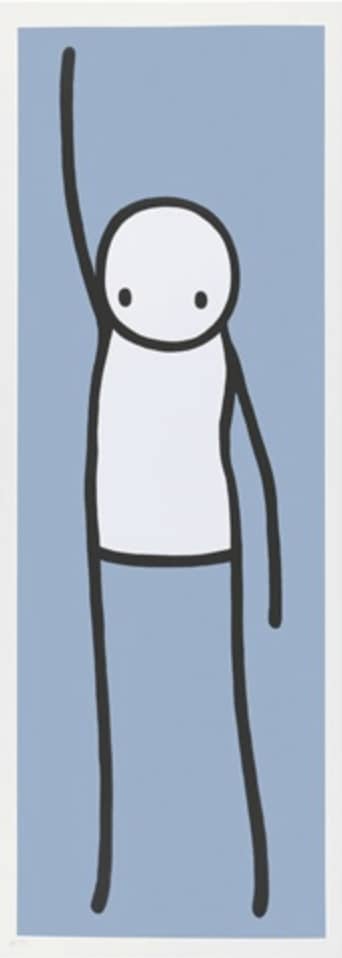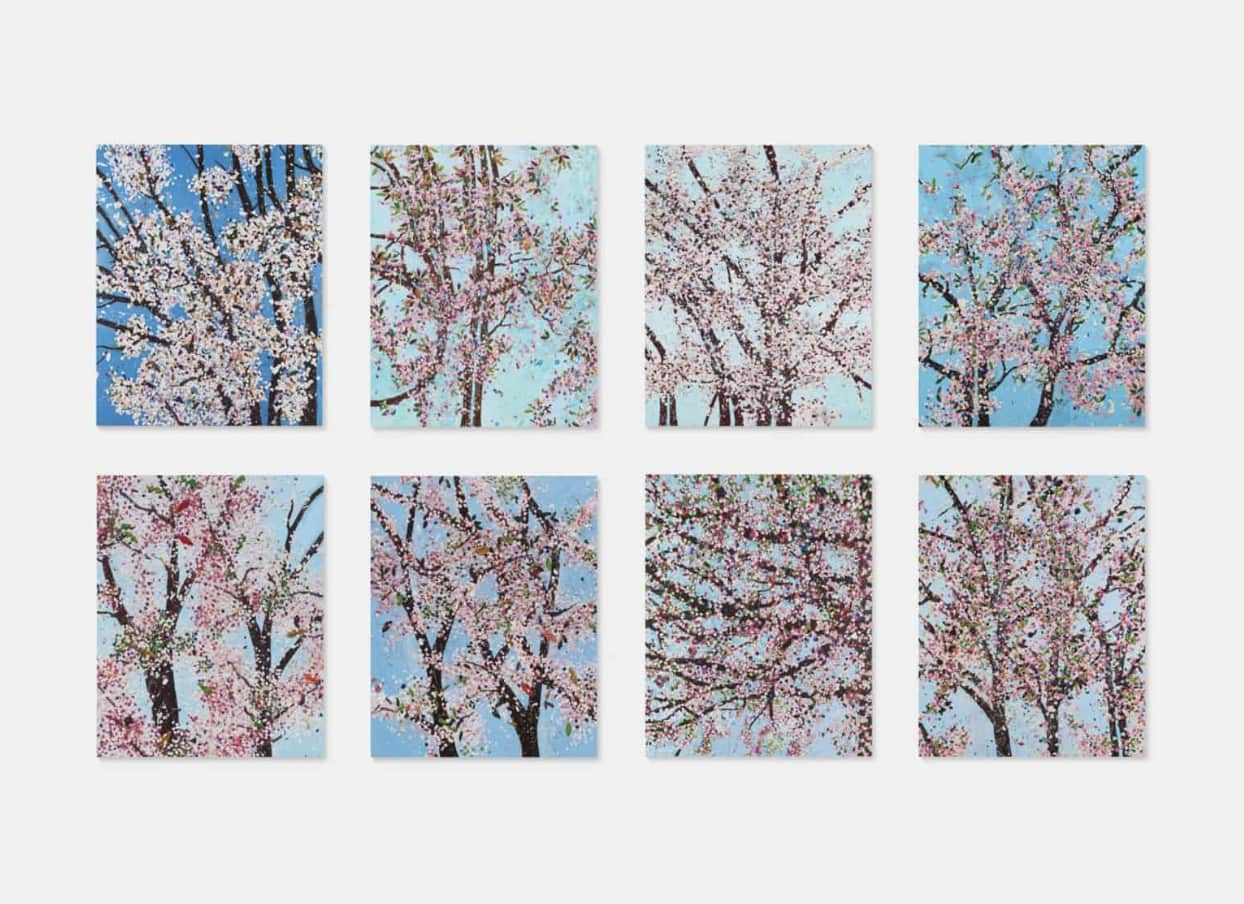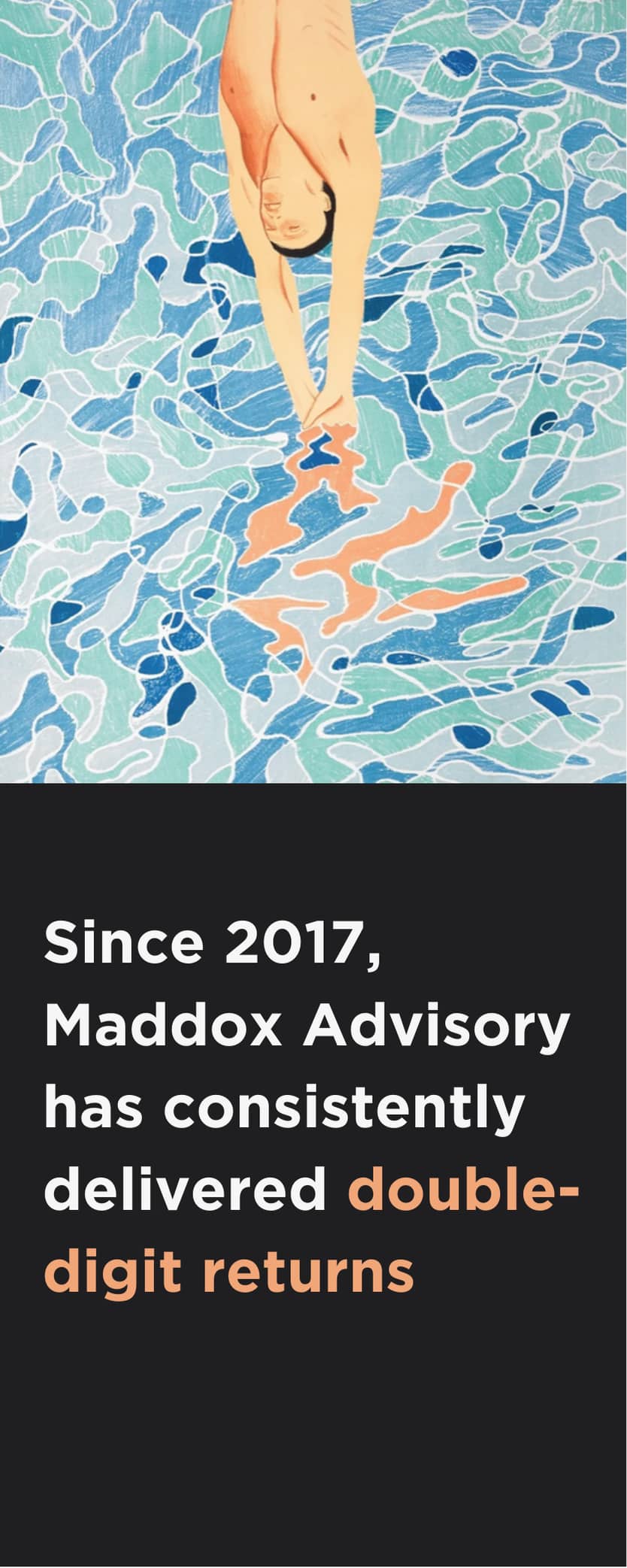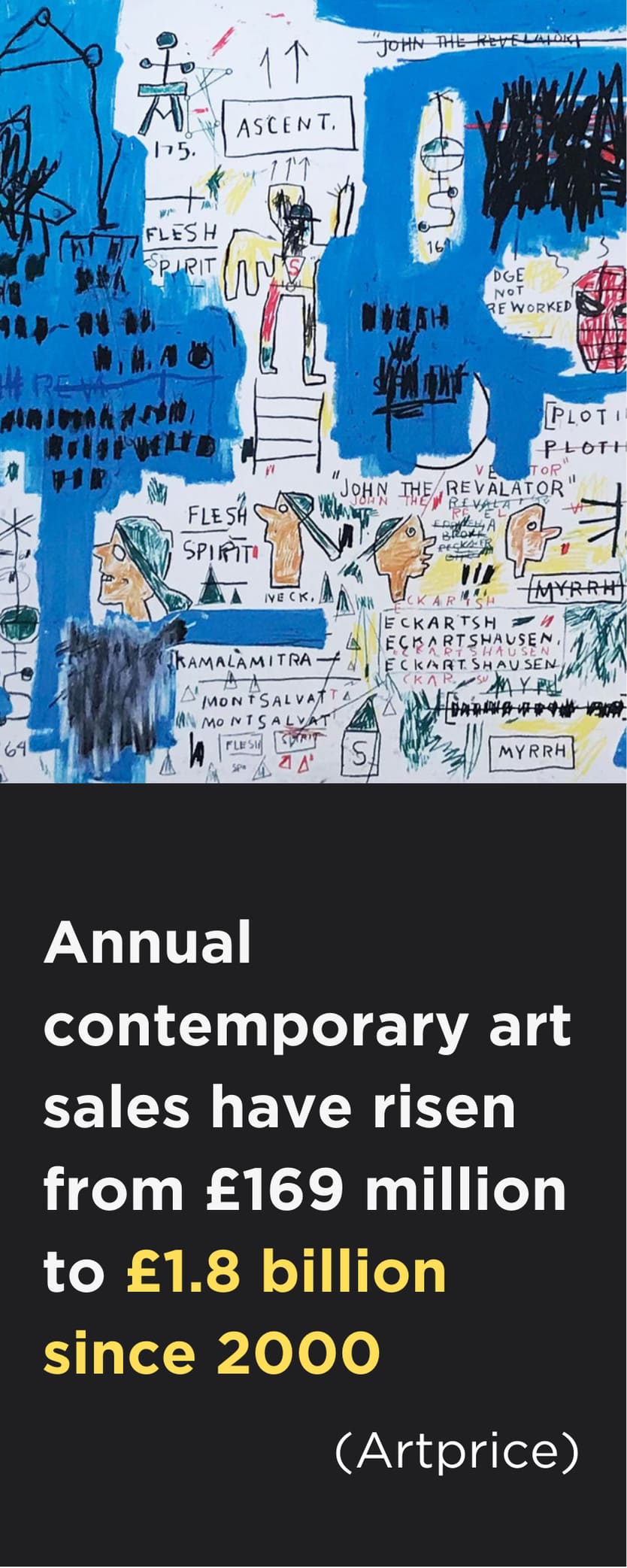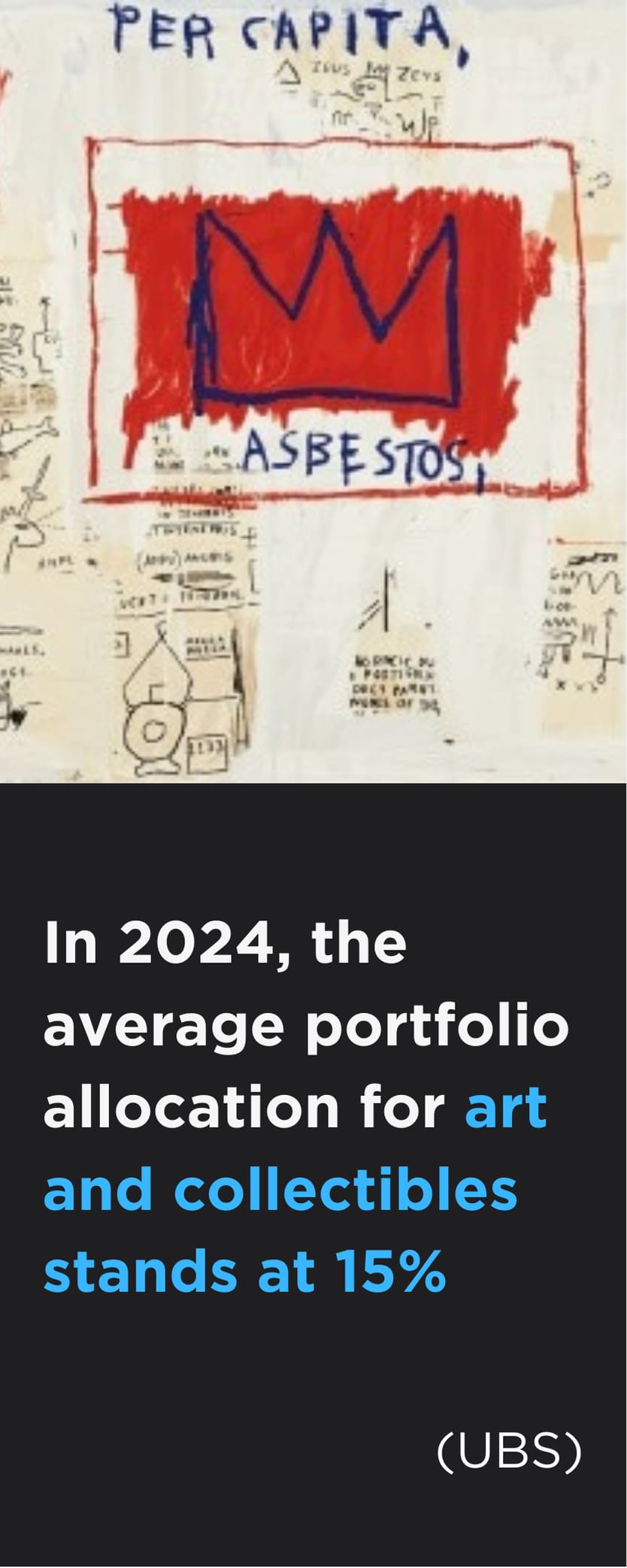The market for prints is thriving. Maddox’s executive team has decades of collective experience in identifying the most valuable prints—rare jewels that represent the very best investment opportunities. We talk to Creative Director Jay Rutland and Artistic Director Maeve Doyle to get the inside story on what to seek out, what to avoid and when to buy.
Most contemporary artists, regardless of how big they are, create prints. Often underestimated by the media, they are a rapidly growing sector in the art world. Offering an attractive gateway into art collecting, with great investment potential thanks to their lower price points, they are proving increasingly popular with both novice and seasoned collectors.
In the past decade, the print and edition market has experienced remarkable growth, with the number of lots sold at auction reaching record highs. Highlighting the importance of this growing category for collectors, art fairs like Frieze now feature dedicated sections for prints, and the IFPDA Print Fair in New York is thriving.
Are art prints worth anything is a question that is frequently directed at Jay and Maeve, particularly by new collectors. Many people are under the impression that prints are just digital printed copies or posters, which couldn’t be further from the truth. Although some prints do represent affordable editions of other artworks, most are original works of art in themselves that have never been created in any other medium. Crafted by a printer in close collaboration with the artist, the techniques used to create them are complex, time-consuming and require a very high degree of skill.
In recent years, the print market has undergone a transformation. With both the frequency of auction sales dedicated to prints and the total revenue from print sales doubling in the past decade, the volume of prints sold at auction in 2023 rose more than 35% compared to the previous year, reflecting how dynamic and fast-growing the market is. Because of their accessibility to a wider audience, the collector base for prints is expanding and diversifying, with a burgeoning cohort of Gen Z art collectors attracted to their relative affordability.
It is essential to familiarise yourself with the various types of prints. The best-known techniques for creating prints are etching, lithography, screenprint, woodcut and fine art giclée printing. While Rembrandt preferred etching, screenprinting, popularised by Andy Warhol, is now the most widely used printing technique.
Read on to discover our top tips for investing in prints, with insight from our resident art experts, Jay Rutland and Maeve Doyle.
Jean-Michel Basquiat, Head; Rinso; Per Capita; and Ernok - Portfolio of Four (1983/2001), Edition of 15
#1 Look for the size of print run or edition number on limited-edition prints and invest early
Always take into consideration the number of prints in an edition. If a print is part of a smaller edition, it is likely to be more valuable. The same goes for the edition number, with the earliest prints in a run often more coveted by collectors.
The edition number 8 is highly coveted in the Asian market, particularly in Chinese culture, due to its strong association with luck, prosperity and wealth. This cultural significance carries an aggregated value to some editions, where the number 8 is often sought out for its auspicious connotations.
Investing early can pay dividends, too. David Yarrow’s limited-edition fine art photography is sold on a tiered pricing basis, which means that the cost of an artwork increases the closer the edition gets to selling out. “This is a critical element when investing in David Yarrow,” says Jay Rutland. “The earliest investors—those who acquired their artworks first—have achieved higher returns sooner.”

David Yarrow, The Last Days of Summer (2024), Edition of 12
#2 Seek out signed prints, stamps and co-signatures
We are often asked the question, are signed prints worth anything? And the answer is usually yes because the presence of an artist’s signature can significantly impact a print’s market value and auction performance. Signed prints have a special appeal to collectors, providing a tangible connection to the artist. By contrast, unsigned prints, lacking this direct connection, are more affordable than their signed counterparts, making them more accessible to a broader audience.
The difference in value is primarily due to the rarity of signed editions. Signed prints are less common in the market, often remaining in the possession of collectors for longer periods. When they do become available at auctions, they spark intense competition among buyers.
Sometimes, a signature can dramatically increase the value of a print, particularly when a famous sitter adds their signature too. Take one of Andy Warhol’s best-known celebrity cult series of prints of British rock star and Rolling Stone Mick Jagger, the only Warhol series where every print is signed by both sitter and artist. Always in high demand, 99.3% of the 278 prints that have been auctioned since 2010 have sold. Rarer still is the complete portfolio of 10 Mick Jagger prints, which has been publicly offered at auction only eight times in the past 20 years. In June 2020, the complete portfolio sold for $875,000, doubling its estimate and setting a new record for the series.
It is important to note that while most artists sign their prints, not all do. “It’s an artist’s way of saying that a piece is complete and a personal mark of authenticity that stops them endlessly returning to a piece,” says Maeve Doyle. Signatures are by no means essential, however. “Always bear in mind that some artists, such as Christopher Wood, never signed anything,” continues Maeve, “so you won’t find any signature at all, nor would you want to.”
Andy Warhol, Mick Jagger (1971), Edition of 250 + 50 AP
#3 Get to know the signature imagery of iconic artists
If a print includes distinctive iconography or images that are closely associated with an artist, it is likely to be more valuable. The most famous example of this is Girl with Balloon by Banksy, which is highly coveted by collectors and enthusiasts alike. Unveiled in 2004 as a limited-edition screen print of 150 signed and 600 unsigned works in red, other colour variants were also released as signed artist proofs, with 22 of each.
“Banksy’s Girl with Balloon made art history in 2018 when an original, spray-painted work partially shredded itself in front of a live audience at Sotheby’s, shortly after the hammer had come down at close to £1.5 million,” says Jay Rutland. “Re-authenticated and renamed Love is in the Bin, three years later the new work sold for £16 million. It was a brilliant, totally Banksy market stunt that has made his Girl with Balloon prints even more sought-after.”
Banksy, Girl with Balloon - Signed (2004), Edition of 150
#4 Hunt out the rare jewels, including artist’s proofs and printer’s proofs
As the name suggests, limited-edition prints are limited to a certain, predetermined number of prints, with smaller editions considered more valuable. Some collectors home in on a lesser-known treasure known as the Artist’s Proof (A/P)—the first print to come off the plate. They may look identical to other prints from the same edition, but artists’ proofs comprise just 10% of the print run, which means they are more exclusive and usually of greater value. Rarer still is the Printer’s Proof (P/P), which is given to the printer as a gift.
“An Artist’s Proof, Printer’s Proof and the print numbered 1 in a series are definitely seen as the most desirable to own,” says Maeve Doyle. “These first prints are the closest to the artist’s vision of their artwork—the most perfect, in their eyes.”
STIK, Liberty - Blue (2013), Printer's Proof Edition of 3
#5 Examine the condition of a print
Just like any other artwork, the condition of a print affects its value and collectability. The fragility of works on paper makes them particularly prone to damage from sunlight, dust, humidity and other elements that can significantly impair paper and colour pigments.
“New prints coming out of the artist’s studio are in mint condition, while older prints are expected to have some damage,” says Jay Rutland. “Take the yellowing of the paper as an example. This is a natural result of ageing and shouldn’t affect the value of a print. Steer clear of prints that show major signs of damage, though. Obvious creasing, soiling, tearing or fading will significantly lower their value.”
The Top Artists Creating Valuable Prints
There are a clutch of iconic artists who are especially well known for their valuable prints, with Andy Warhol top of the list. Warhol's approach to silkscreen printing in 1962 revolutionised the world of Contemporary art, enabling him to appropriate borrowed imagery, logos and photographs to create some of his most-famous works, including the ‘Campbell’s Soup Cans’ series and his legendary celebrity portraits.
The British street artist Banksy has generated a whole oeuvre of prints over the course of his career. His earliest commercial prints were created in 2002—iconic works like Rude Copper, his first ever print release, which revealed his deep disdain for the police. Like the Pop artist Keith Haring, who strove to democratise the world of art and whose best-known prints are also extremely valuable, Banksy began producing prints not to make money but to make his art accessible to more people.
Although Jean-Michel Basquiat is no longer with us, his posthumous prints continue to fetch considerable prices at auctions, often surpassing those of prints created during his lifetime. The scarcity of prints on the market that were created during Basquiat’s lifetime—such as Return of the Central Figure, 1983, which has only been auctioned four times since 2001—coupled with the high auction prices for these Basquiat original prints for sale, has generated significant demand for his posthumous works.
Other top artists creating the most valuable prints include David Hockney, Yayoi Kusama and Damien Hirst. Among Hirst’s extensive catalogue, certain prints stand out as especially desirable among collectors, including ‘The Virtues’ series. Inspired by the annual cycle of cherry blossoms, the prints in this portfolio depict the passage of time in delicate shades of pink and blue and are named after the Japanese 'Eight Virtues of Bushido'. The average selling price of individual prints from ‘The Virtues’ series has risen by 81% since its 2021 release, consistently surpassing their high estimates at auction. Complete sets are particularly sought-after, fetching three times the original selling price.
Damien Hirst, The Virtues - full set (2021)
How to Find the Value of Art Prints
How do you know if a print is valuable? Firstly, it is crucial to verify its authenticity. For this, it is important to enlist the help of a fine art specialist, who will know exactly what prints are worth. Drawing on their expertise, you will quickly be able to establish the value of your print.
Iconic and Valuable Prints
What makes a print iconic and therefore valuable? This is primarily down to quality, the artist's reputation and recognition, and the rarity of the piece, with historical and cultural forces frequently coming into play also For example, when an exhibition opens devoted to an artist, often the price of their work increases alongside their perceived worth in the marketplace. Similarly, when art enters a public collection such as a museum, this also gives an artist more credibility and financial clout.
Tastes change over time, too. In recent years, there has been a surge in prices paid for works by female artists and artists from historically underrepresented groups. Of the top-achieving print artists in 2023, Yayoi Kusama was in third place, after Warhol and Banksy, with her print market experiencing an astonishing 851% increase between 2000 and 2023.
The prints market is a gateway to art collection, with attractive price points fostering a more inclusive and diverse collector base. After reading this article devoted to the subject of most valuable prints, you now know to seek out small print runs, signatures, limited editions, well-known iconography and rare artist’s proofs and printer’s proofs, to invest early and to pay attention to condition. It’s now time to immerse yourself in the world of prints and find something valuable which you love to hang on your wall. And if you’re still left wondering, how much is my print worth? Speak to a Maddox Advisor today.
For more insight into the thriving prints market, download our Print Report 2024.
